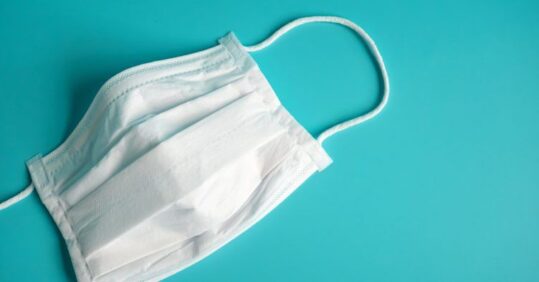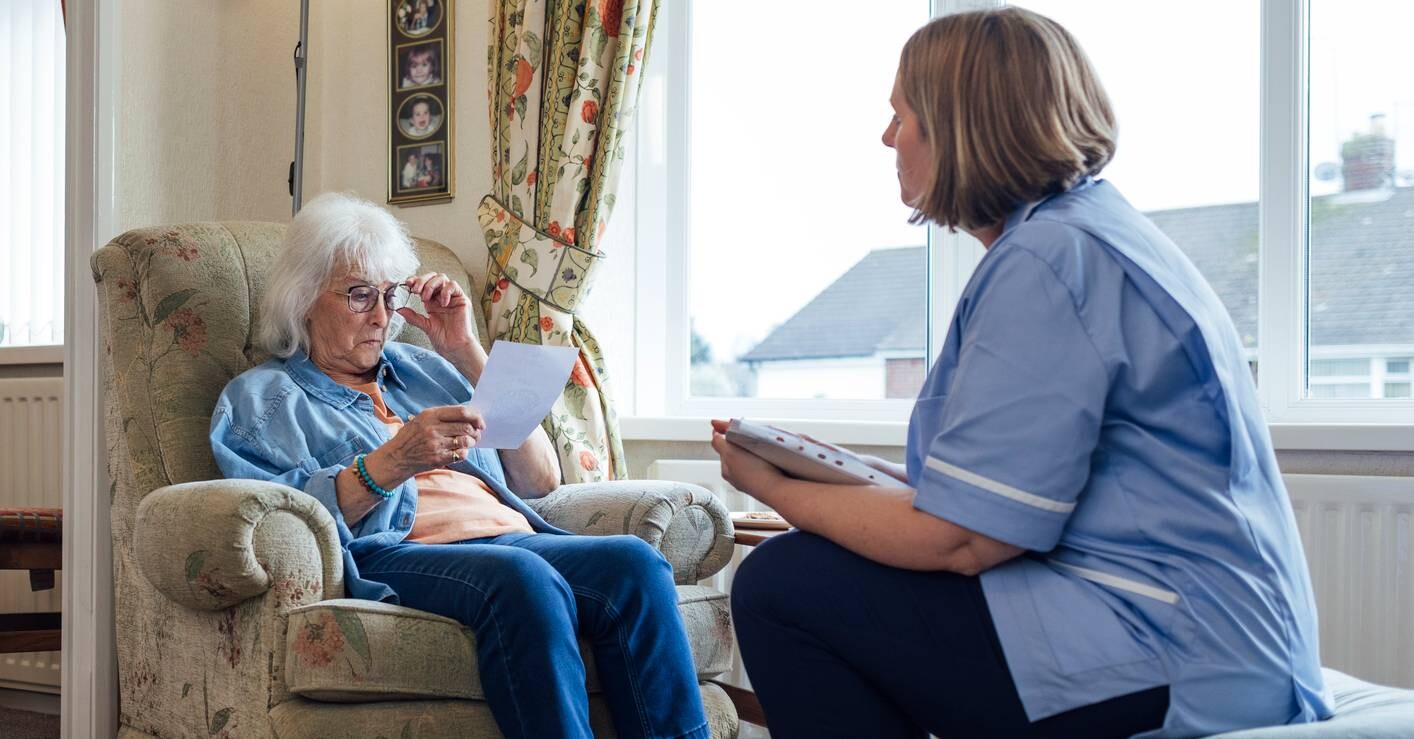Ten top tips: infection prevention and control

Prevention of infection is central to a number of healthcare priorities – local, national and international. It includes efforts to reduce the risk of antimicrobial resistance, along with achievement of the UN’s Sustainable Development Goals.1
The prevention of infection is a critical element of antimicrobial stewardship (AMS) programmes, and nurses and midwives are integral to this. A common misunderstanding is that AMS relates solely to prescription of antibiotics but this is not the case; work on infection prevention and control is a key AMS domain2 and plays an important part in protecting our patients and fellow healthcare professionals. This article will present a series of top tips to support this work.
1. Efficiently collect, label and store specimens
The correct collection, labelling and storage of specimens is important, as the quality of the specimen has implications for any microbiological diagnosis that may be reported and the consequent prescribing of antimicrobials such as antibiotics. It directly affects the quality of results and decisions to prescribe antimicrobial drugs, especially antibiotics.
Specimens that have been incorrectly handled can result in inappropriate or unnecessary prescriptions, which can cause a patient to become susceptible to infections such as Clostridium difficile and increase the possibility of resistance.
2. Carry out asepsis and aseptic techniques
Asepsis is a process that seeks to prevent or minimise the entry of micro-organisms into a vulnerable body site, during surgery or other invasive procedures, such as the insertion of urinary catheters or intravascular devices.
Asepsis reduces the risk of an infection as a result of such procedures, and an aseptic technique comprises a set of specific actions performed under controlled conditions.
Related Article: New preceptorship package for social care nurses
The extent to which conditions can be controlled will vary according to the practice setting. However, principles such as ensuring the area where a procedure will take place is as clean as possible and performing hand hygiene before and during the procedure are essential to reduce risk.
3. Decontaminate equipment
Decontamination is an umbrella term used to describe processes that make equipment safe for their next use. It includes the destruction or removal of micro-organisms.
Inadequate decontamination is often associated with outbreaks of infection in healthcare settings. All staff must be aware of this and their responsibilities to patients, colleagues and themselves.
All health and social care providers (hospital, GP surgery, clinic or nursing home) should have clear systems for identifying which staff are responsible for cleaning which equipment (for example, nurses, cleaners or dedicated equipment cleaning teams). All staff should be aware of and comply with local policies for decontamination of equipment. Cleaning is the critical element of the process and should always be undertaken thoroughly regardless of the level of decontamination required.
4. Achieve and maintain a clean clinical environment
A dirty or contaminated clinical environment is one of the factors that contributes to healthcare- associated infections (HCAIs). Exposure to environmental contamination with spores of C. difficile is one example of this. While this can occur in the home as well as in healthcare environments, nurses rarely are able to manage the risk outside clinical settings.
Many micro-organisms can be identified from patients’ environments and these usually reflect bacteria carried by patients or staff. Staff contact with the immediate patient or a contaminated environment can also be a route for transmission of micro-organisms.
High standards of cleanliness will help to reduce the risk of cross-infection. A number of methods are available for cleaning in inpatient or care home environments, which include traditional cleaning with cloths and detergent or microfibre technology. Pre-prepared detergent or disinfectant wipes are occasionally used for some items of equipment where these are used with more than one patient.
Additional technologies are also available for specialist use in hospital settings after outbreaks of infection or as part of a routine environmental decontamination programme. These include hydrogen peroxide vapour.
5. Hand hygiene and care
Since the onset of the pandemic, regular hand washing has become second nature to all those working in nursing. Hand hygiene is an effective way to protect yourself and patients.
Glove use has increased also considerably during the pandemic. When used correctly and in the right circumstances, gloves are a valuable element of PPE. But inappropriate and overuse of gloves carries its own risks, not only of infection but also damage to the hands.
Taking some simple steps can help with the prevention of infection linked to glove use, as well as reduce the risk of work-related dermatitis. With millions of examination gloves used in health and care each year, these steps can also make a vital contribution to sustainability.
The steps include: only using gloves when needed and removing them as soon as possible after the care task is complete; only using gloves for an interaction with a patient when really necessary; and using emollient creams after hand washing to protect the hands.
6. Correct disposal of sharps
It is not uncommon for staff to be injured due to the unsafe or poor practice of others. For example, cleaners can sustain injuries as a result of sharps being placed in normal waste bins. Sharps injuries are preventable and learning should take place following incidents to avoid future instances.
In a recent RCN survey, 15% of respondents said they had suffered a ‘sharps injury’ in 2020. This compares with 10% in 2008.3
The reasons for the rise revealed in the survey included fatigue induced by the Covid-19 pandemic, low staffing levels, a lack of training and poor availability of safer sharps and sharps bins.
Clearly, contact with used sharps also carries the risk of infection and exposure to bloodborne pathogens. To reduce this risk, it is vital that sharps are used safely and disposed of carefully, following your workplace’s agreed policies. Education and guidance should be available through your employer on how to manage sharps.
7. Manage indwelling devices
Related Article: Funded nurse workforce plan needed for neighbourhood health services
Indwelling devices – for example, urinary or central venous catheters and IV cannula – are common in all healthcare settings. When used appropriately, they are a valuable element of patient care and contribute to positive outcomes.
However, their use carries a risks of infection as, by their very nature, they bypass the body’s natural defence mechanisms such as the skin and mucous membranes.
Prevention of infection with these devices is complex, and good practice is required at all stages of their use. This includes, but is not limited to, insertion and ongoing management.
Day-to-day management of the device is important in order to assess patency (that the device is open and unrestricted) and to detect any signs or symptoms of infection.
As with insertion principles, staff must follow local policies/guidance, which should include a daily review (at a minimum) to assess the continuing need for the device, regular documented checks for patency, signs of infection and status of dressing. These should be matched with good hand hygiene before and after any contact with the device or associated administration sets.
8. Consider nutrition and hydration
Malnutrition is a significant public health challenge. It is estimated to cost an annual £23.5bn in the UK, which equates to around 15% of the total expenditure on health and social care.
A person who is malnourished will have an impaired immune response as well as fatigue and reduced muscle strength. This may increase the likelihood of a chest or urinary tract infection, or even an acute kidney injury due to dehydration.
No matter what the setting – acute, community or social care – supporting good hydration and nutrition is a fundamental element of nursing care. By being vigilant for early signs of malnutrition and dehydration, using assessment skills and sound clinical judgement, nurses will help to prevent infection in patients under their care.
9. Communicate
Patient and public anxiety about HCAIs, including those caused by MRSA and C. difficile, often centres on the risks of infection and the precautions required to prevent transmission.
Nursing staff can do a great deal to allay fears by communicating effectively, without breaching confidentiality. For example, nurses can make available information for patients, visitors and staff and answer any questions that may arise from this.
You could also display notices that describe the precautions needed if a patient is in isolation, and talk to patients about how they can help themselves and support staff in preventing infection.
10. Report concerns
We all learn from best practice and it is important that if you see things happening that could create an infection risk, you report them. If bad practice goes unchecked, it carries the risk of being repeated.
It’s in everyone’s interest, especially employers, to take steps to prevent this from happening. Identifying early warning signs and addressing issues at an early stage is really important.
References
Related Article: Nurse had to ‘freeze’ PPE during pandemic to re-use in care home, Covid inquiry hears
1 UN. Sustainable Development Goals. New York: UN, 2015.
2 Courtenay M et al. Development of consensus-based national antimicrobial stewardship competencies. Journal of Hospital Infection 2018;100:245-256.
3 RCN. Pressures of pandemic and lack of training see 50% rise in sharps injuries. London: RCN, 2021.
Resources
RCN Tools of the trade: glove use and the prevention of work-related dermatitis.
RCN. Skin health toolkit.
DHSC. UK 5-year action plan for antimicrobial resistance 2019 to 2024.

See how our symptom tool can help you make better sense of patient presentations
Click here to search a symptom


Malnutrition is a significant public health challenge. It is estimated to cost an annual £23.5bn in the UK, which equates to around 15% of the total expenditure on health and social care.



